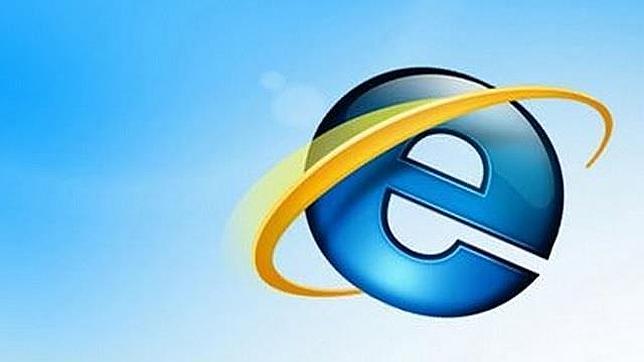Last month, Microsoft announced that it would no longer support the Internet Explorer browser beginning in 2021. Once the dominant way to access the web, IE has been a vital part of the Information Age, and has seen a dramatic rise and fall in popularity.
Editor’s note: Random-Access Memories is a periodic series highlighting the ways in which major historical events have influenced and can be explored through ed tech. Got an idea for a future edition of R-AM? Drop us a line.
If your first experience browsing the internet occurred between 1995 and 2005, it’s likely that you used Microsoft’s Internet Explorer browser to access the burgeoning corners of the now-ubiquitous web. Starting next year, however, even IE diehards will have to move to a new browser.
In an announcement last month, Microsoft revealed that they would no longer support the once-standard browser beginning on August 17, 2021. Instead, users who wish to navigate the web in a Microsoft-made browser will have to use Microsoft’s Edge product.
…on August 17th, 2021, Internet Explorer 11 will no longer be supported for Microsoft’s online services like Office 365, OneDrive, Outlook, and more. Microsoft is also ending support for Internet Explorer 11 with the Microsoft Teams web app later this year, with support ending on November 30th.
“Microsoft will bid farewell to Internet Explorer and legacy Edge in 2021,” Tom Warren. The Verge.
The Verge does note, however, that “Microsoft is hoping that the new Internet Explorer legacy mode in the Chromium-based Microsoft Edge browser will help” IE fans who wish to enjoy an Explorer-like interface.
Exploring Explorer
When it launched with Microsoft’s Windows 95 operating system, most people weren’t using IE, preferring to stay with the then-popular Netscape and smaller browsers like Mosaic, Lynx, and Opera. In 1995, Netscape held 90% of the browser market.
Less than a decade later, thanks in large part to the prevalence of computers running Microsoft operating systems, Explorer had a 95% share of web browsing. But that same year, 2004, a new upstart emerged: Mozilla Firefox. And Google subsequently launched their Chrome browser in 2008. Today, as browsers are increasingly used on mobile devices, Apple’s Safari has also gained ground, and IE’s share of the browser market as of August 2020 was only 1.2%.
The history of Internet Explorer is so integral to the history of the internet that the topic has its own Wikipedia page. A retrospective on the browser from Version Museum, an online tech museum, reads like the history of a political dynasty, rather than a piece of software:
Microsoft’s Internet Explorer browser has a compelling life story and was a principal combatant in both major browser wars. Of course, IE won the first war against Netscape, but lost the second to Google Chrome, Mozilla Firefox, and Apple Safari.
“Design History of Internet Explorer,” Version Museum
While Microsoft retired the Internet Explorer name in 2015, the move to discontinue online support for IE and introduce a totally new browser engine marks the “final nail in the … coffin” for the once-dominant software.
A New Edge
Microsoft’s new browser is called Edge, and while IE-lovers can enjoy an Explorer legacy mode within the Edge, it is its own browser.
In a move that might make the previous decades’ “browser wars” seem quaint, the new cross-platform Edge browser (available on most devices and operating systems) is based on the open-source Chromium project, which forms the skeleton of Google’s Chrome browser. The goal, according to company executives, was to make Edge as accessible as possible.
Will you be using Microsoft Edge? Have fond memories of Internet Explorer or other thoughts on web browsers? Let us know in the comments!
Spuken / CC BY-SA
